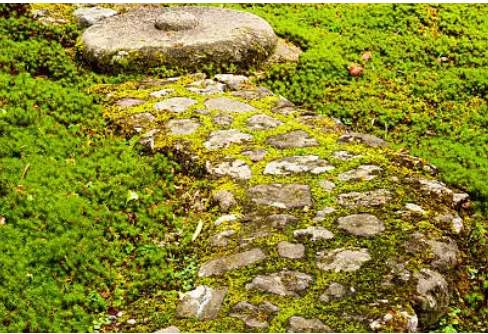
Embrace Wabi-Sabi: Cultivating a Beautifully Imperfect Garden
Share
Embrace Wabi-Sabi: Cultivating a Beautifully Imperfect Garden
For decades, many gardeners aimed for the “perfect” yard: trimmed hedges, pristine flowerbeds, and polished borders. But in 2025, a growing number of U.S. gardeners are choosing a different path. They’re embracing wabi-sabi gardening — a style that finds beauty in imperfection, change, and natural rhythms.
Why Wabi-Sabi Is Trending
Social media and lifestyle publications are highlighting the appeal of “imperfect gardens.” Gardeners in their 20s to 50s want yards that are easier to maintain, less stressful, and more connected to nature. Instead of chasing perfection, they’re celebrating mossy stones, weathered wood, and native plants that evolve with the seasons.
What Wabi-Sabi Gardening Looks Like
-
Wild edges: Let lawns blend naturally into planting beds.
-
Seedheads and decay: Leave some dried blooms for winter texture and wildlife habitat.
-
Weathered materials: Reuse old stone, wood, or rusted metal for paths and edging.
-
Native plants: Coneflowers, sedums, asters, and grasses thrive with minimal fuss.
-
Minimal pruning: Shape lightly but avoid over-control — let plants drift and mingle.
This approach creates gardens that feel alive, forgiving, and uniquely personal.
How to Create Your Own Wabi-Sabi Garden
-
Define soft structure — Plan curves, not rigid lines.
-
Plant resilient natives — Choose hardy species that thrive with less care.
-
Layer textures — Mix grasses, perennials, and wildflowers for variety.
-
Use natural hardscape — Stone paths, reclaimed wood, and moss accents add timeless charm.
-
Embrace seasonal change — Allow your garden to evolve; each stage has its own beauty.
Products to Support Your Design
-
Soil & compost for healthy planting beds
-
Mulch to retain moisture and reduce weeds
-
Raised garden beds for flexible planting zones
-
Drip irrigation kits for low-maintenance watering
-
Light edging tools to gently shape borders without over-trimming
Why This Style Resonates in 2025
For many, gardening is as much about peace of mind as it is about aesthetics. Wabi-sabi gardening removes the pressure to control every detail and instead encourages gardeners to enjoy the flow of time, texture, and growth. It’s sustainable, beautiful, and refreshingly low-stress.
